|
Quinlyn Wardagoo (Belinda Dann)
Was one of seven children born to Gregory Brockman, an Irish cattle station manager, and Maudey Ngabalyi, a Nygina woman, in the Lulungai community east of Derby. At eight years old, she was taken away from her family in a horse-drawn cart and taken to a mission run by the St John of God Sisters at Beagle Bay, north of Broome where she was forced to change her name to Belinda Boyd and abandon her indigenous heritage.
For most of her life, she kept her childhood memories a secret, believing she would never be reunited with her family but at 107 years old she was united with her last surviving brother, Patty Jungine, before he passed away a month later.
Together with her husband, Matthias Dann, a Nyul Nyul man, and others helped build the Sacred Heart Church at Beagle Bay during World War 1. The Dann’s then moved to Port Hedland, where they raised their six children. They became known as pioneers in the district, helping to establish St Cecilia’s College after the public school was abandoned during the Second World War.
|
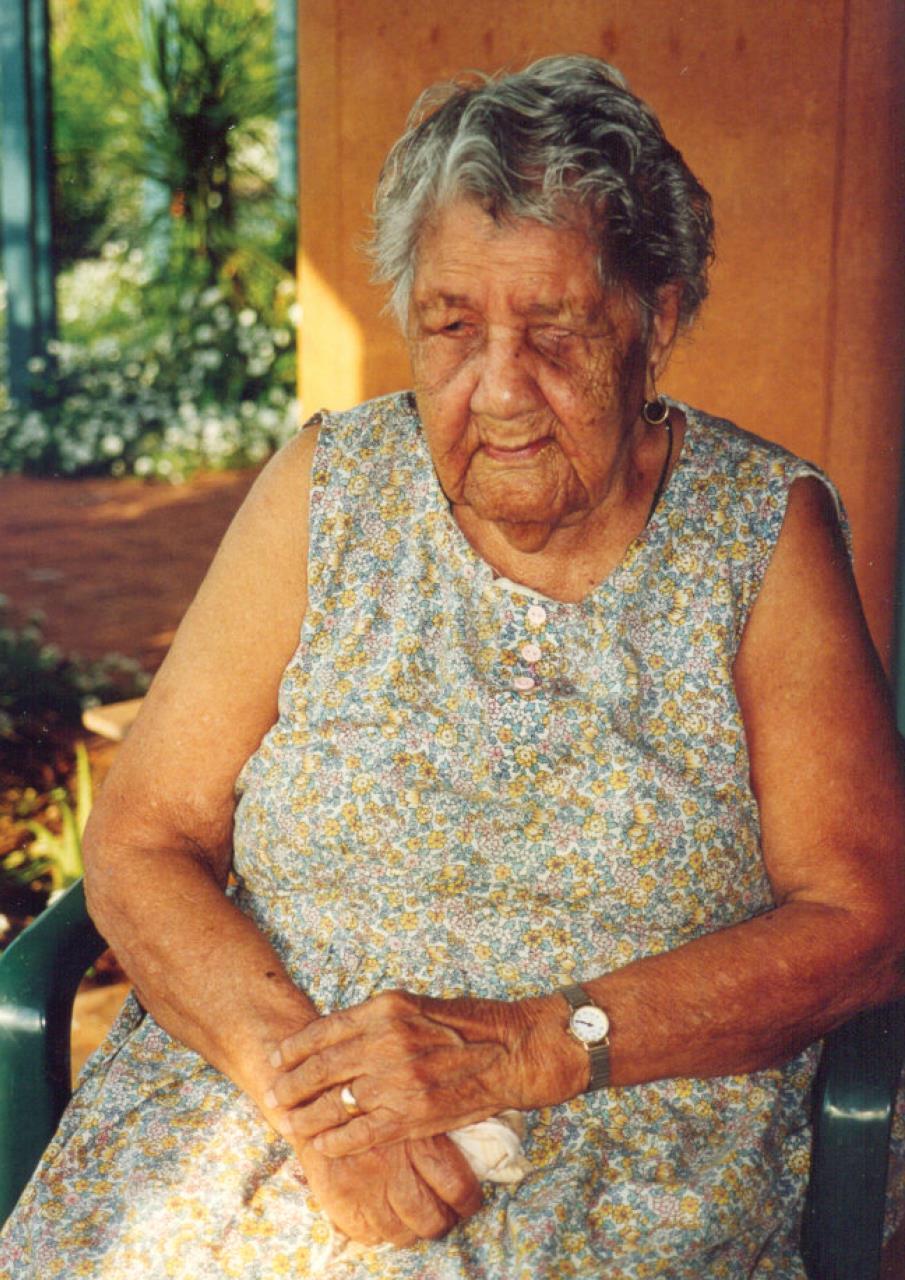 |
|
Nugi Garimara (also known as Doris Pilkington Garimara)
Was a well-known Australian author of Caprice, Follow the Rabbit-Proof Fence, A Stockman’s Daughter, Under the Wintamarra Tree, and Home to Mother.
Nugi Garimara was born at Balfour Downs Station in 1937 to her mother, Molly Craig, and at three and a half years old she was taken away from her mother and raised at the Moore River mission. Nugi reunited with her mother 21 years later.
Nugi Garimara’s mother, Molly, had also been stolen from her mother and sent to the Moore River Settlement. Follow the Rabbit-Proof Fence describes Molly, her sister Daisy and her cousin Gracie’s escape from the Moore River Settlement as she and two other young girls travelled 2,414km to return to their family.
Her aunt, Daisy Kadibil (n’ee Burungu) passed away in a nursing home in South Hedland, Western Australia.
|
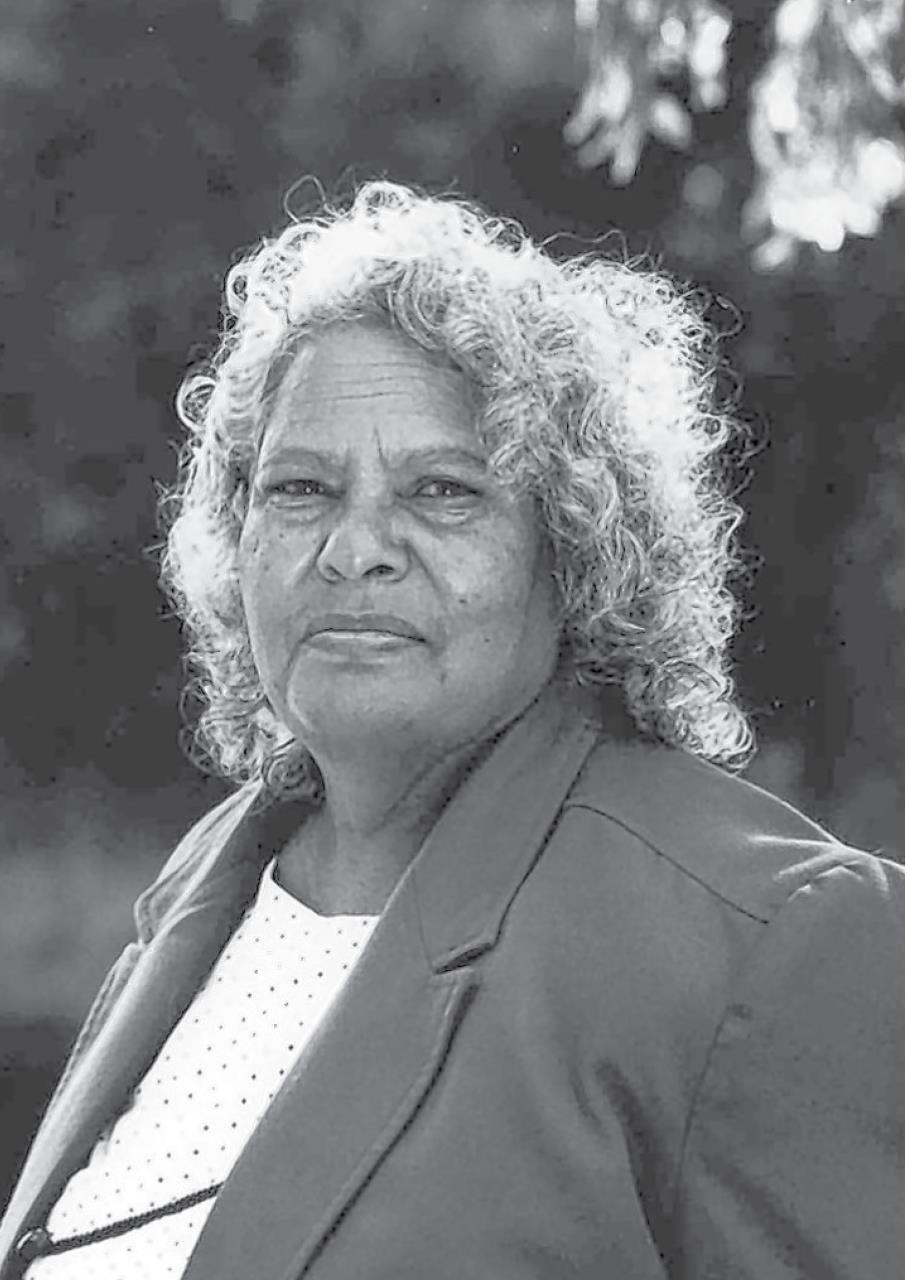 |
|
Mary Emma Meiklejohn (nee House)
Arrived in Australia from England working as a Governess. She met her husband, Earnest Edward Meiklejohn an accountant from Scottish ancestry, at Munda Station. Mary was pregnant with her fourth child when her husband drowned in 1919 but with the shock of his passing she lost the baby.
“One day people off the Blue Funnel ships stopped at the house and asked if there was anywhere they could get a cup of tea, and that gave her the possibility of starting a business. The Station people were very good to her and they took up a collection, and she put the money in the bank” (Gwyn Lindquist. 1996; Transcript from Hedland. Voices: Port Hedland).
With this money Mrs Meiklejohn bought an old place next to the Post Office offering Morning and Afternoon tea, washed towels from the railway, made bread, and sold fresh milk – anything that was hard work.
|
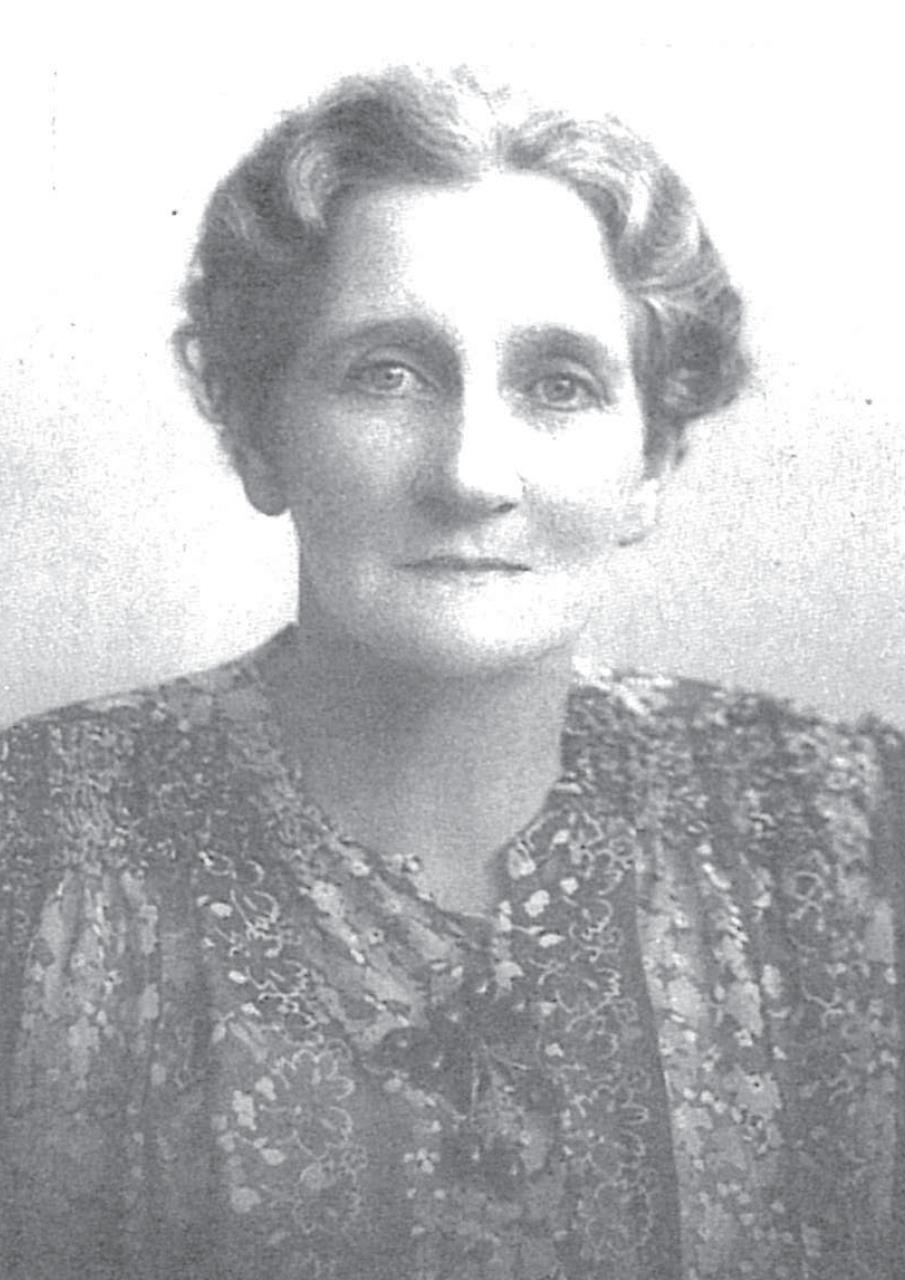 |
|
Kathleen Mallett
Kathleen wrote many of her notes about Marble Bar on the back of jam tin labels, recording people, places and events. Her father Thomas Mallett had joined the original Pilbara goldrush in the late 1880s and established the Limestone Station lease.
Kathleen grew up on the station and after being educated in Perth, married a local man and lived in Marble Bar. Her historical research and memoirs were recorded in ‘To the Bar Bonded’ by her daughter and published for the centenary of Marble Bar in 1993.
|
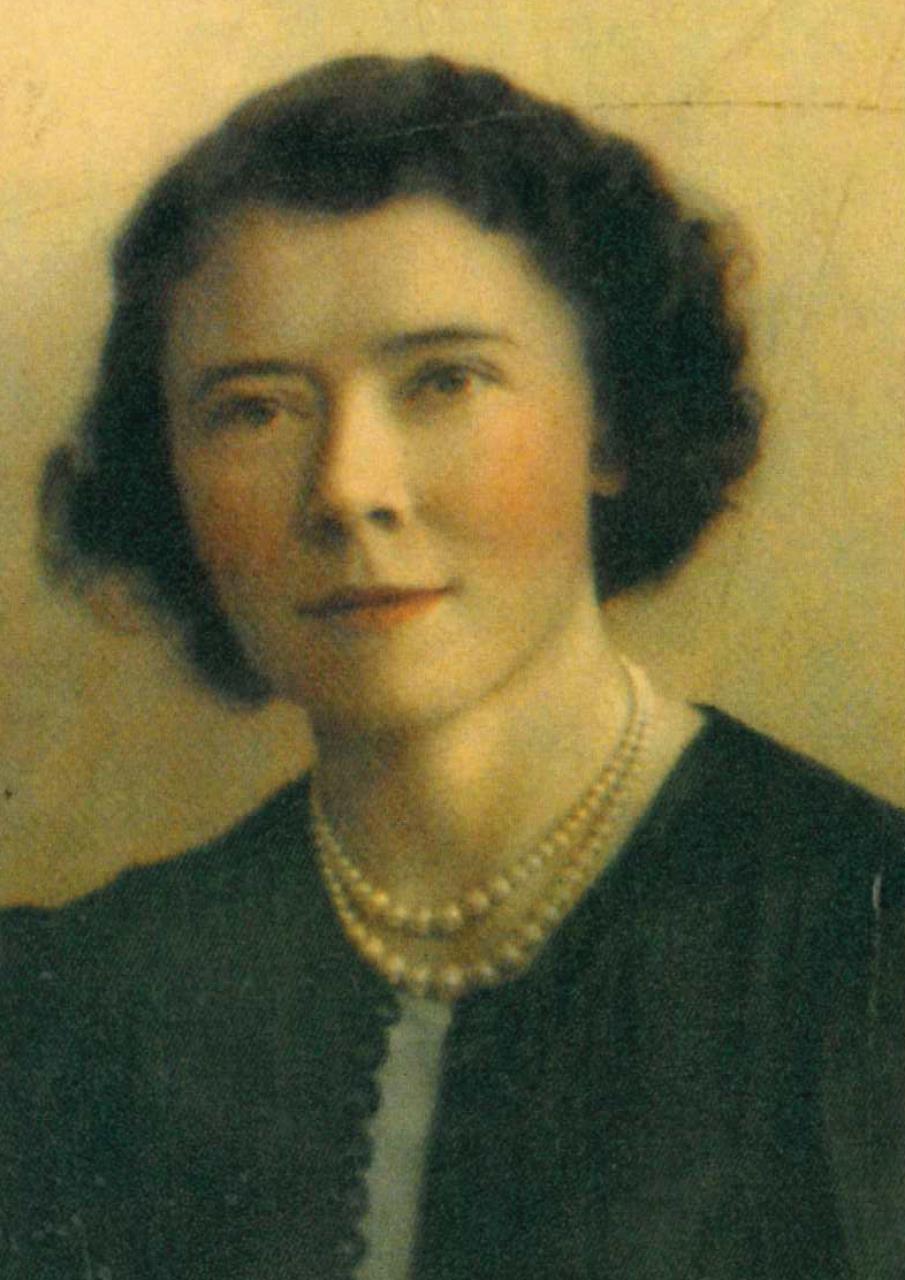 |
|
Sister M. Kelly
Sister Kelly defied social convention of the day by exposing white ancestry of Aboriginal families in WA which in turn made an invaluable contribution to the social history of the State. Her book ‘Proud Heritage’ was the first published that authenticated a claim by an Aboriginal family with white pioneer ancestry in WA and was quite controversial.
In ‘The Long Road Back’ she narrates the true story of Adam Barker and his family, descendants of Herbert Barker (Herbert Barker is the author of ‘Camels and the Outback’ and ‘Droving Days’ which are considered Australian classics).
|
No photo available |
|
Roma Nylund
Roma was born in the north west and lived for more than twenty years in Port Hedland, Marble Bar and Bamboo Creek. Her love of the region led her to write her book in 1997, ‘Red Dust and Spinifex’. This book is a fictional account of life in Port Hdland. Roma draws on many real-life events and characters of the town in the 1920s and 30s and writes them in a feisty yarn.
We love red dust and spinifex
We love our outback home
We love our many Nor West friends
And will never never roam
|
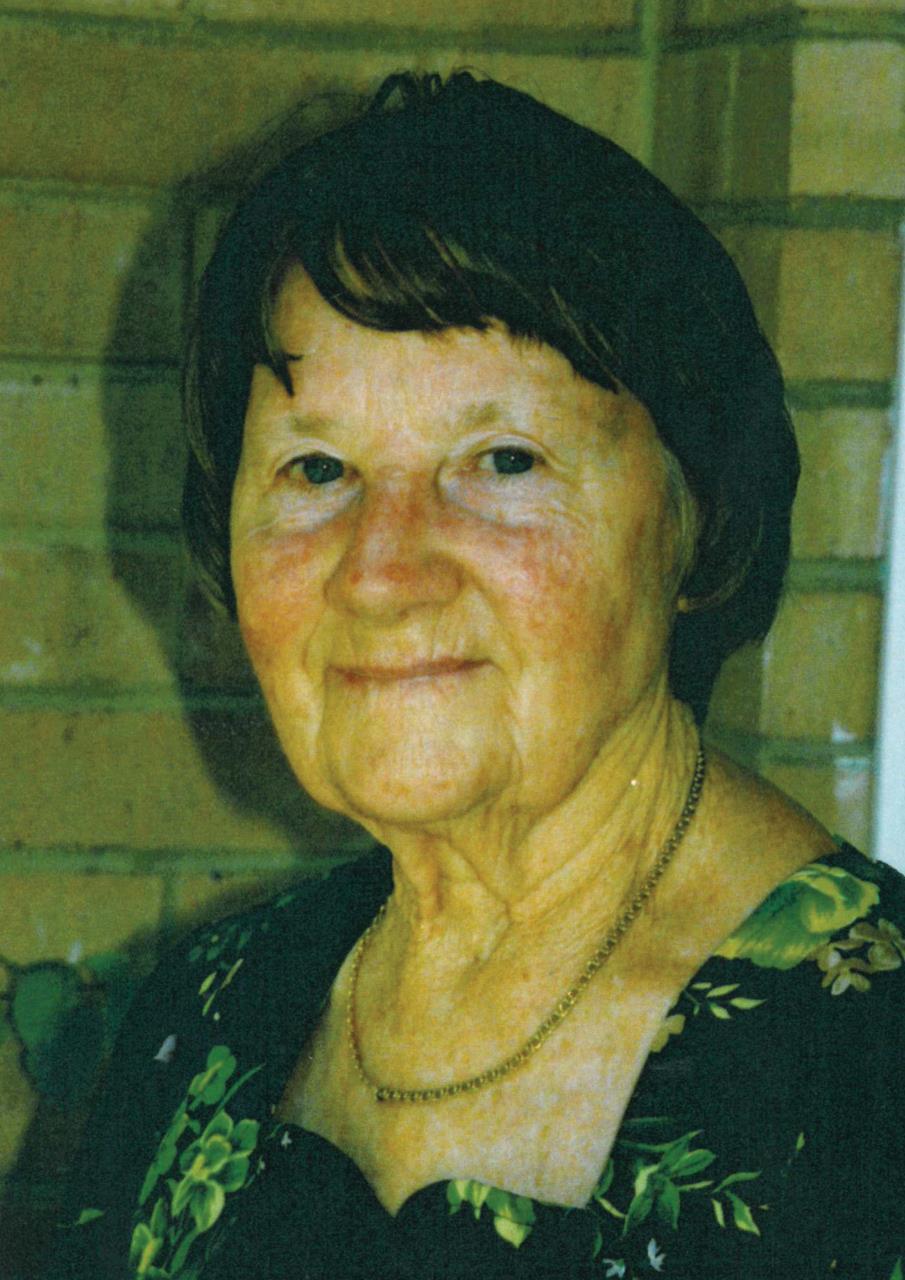 |
|
Jenny Hardie
Jenny Hardie’s ‘Nor’Westers of the Pilbara Breed’ is a much-loved social history of the Pilbara to the iron ore boom. Jenny was a journalist by trade when she married Alan McTaggart and moved to Mundabullangana Station, south of Port Hedland.
Two years after the sudden death of her first husband, she married the bachelor next door, Peter Hardie of Indee Station, whose family were among the pioneers of the Pilbara’s pastoral industry.
She spent two years researching and writing ‘Nor’Westers of the Pilbara breed’ for the Shire of Port Hedland, and was awarded an MBE for her services to the community. Her book was published in 1981, and she died of cancer a year later.
|
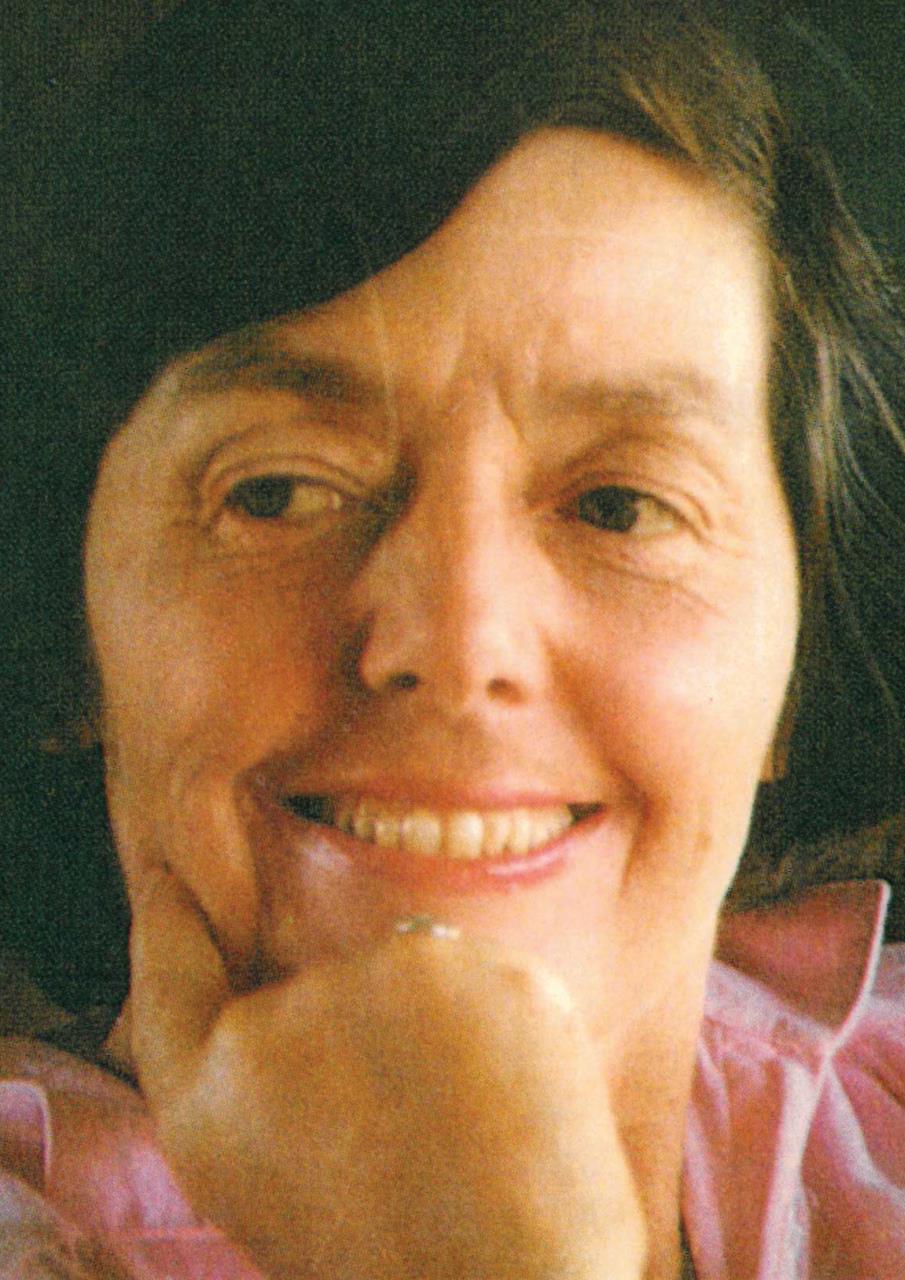 |
|
Mrs M. A. Pilkington
Owner of the Pier Hotel, well-known entrepreneur in early colonial Hedland. Popularised for turning the establishment into a place of ‘class and grandieur’.
|
 |
|
Pearl Baumgarten
Pearl was the winner of the 1958 ‘Daisy Bates Memorial Prize’ and was an Aboriginal Nurse in Meekatharra. She represents the barriers that can be broken and serves as a reminder to all who pass through the hospital.
|
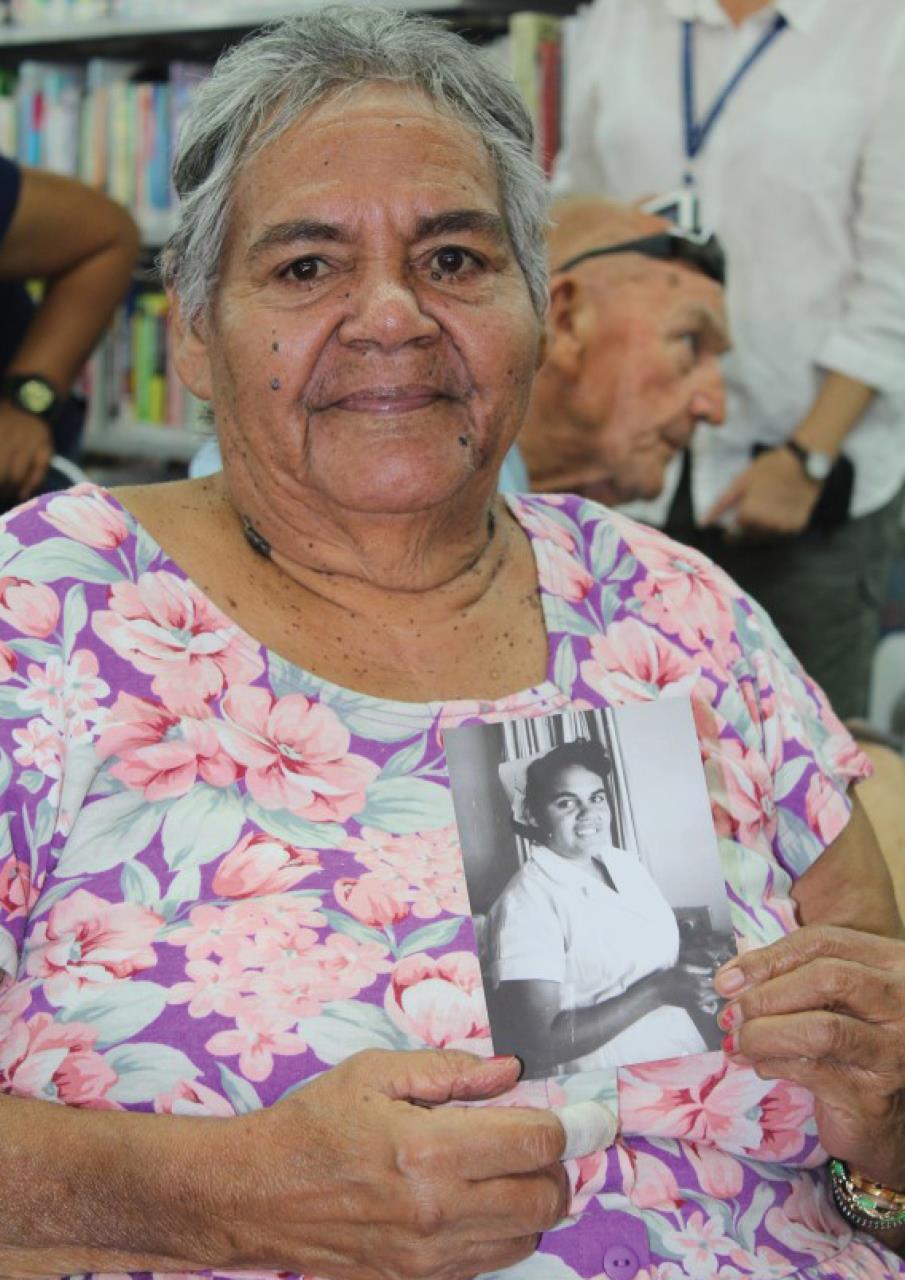 |
|
Gwen Ellery
One of Hedland’s most renowned citizens. Born in Ipswich, Queensland in 1904, Gwen trained at her local general hospital as well as Sydney.
She was engaged in private nursing around Brisbane for a year, before joining the Presbyterian (later to become the Australian) Island Mission in 1929. Her first posting was to Birdsville, where she completed her service in a hospital which had been the town’s hotel.
Gwen sailed off to the small community of Port Hedland in 1933 where two hospital volunteers were needed for two years. When Gwen arrived, the hospital was situated on the corner of Withnell Street and The Esplanade. The old building was demolished when the present day hospital was constructed.
Gwen stayed in Hedland when her contract ended and on December 7, 1935, married Bob Ellery. They had two daughters, Cathryne and Heather, who also stayed on in the town.
After 1935, Gwen continued to use her nursing skills for another 20 years, helping out regularly when the hospital was shot-handed and during emergencies.
Gwen was an active founding member of the Port Hedland branch of the Country Women’s Association. Her services to the community were formally recognised in the late seventies when the Gwen Ellery Women’s Centre was opened in South Hedland.
|
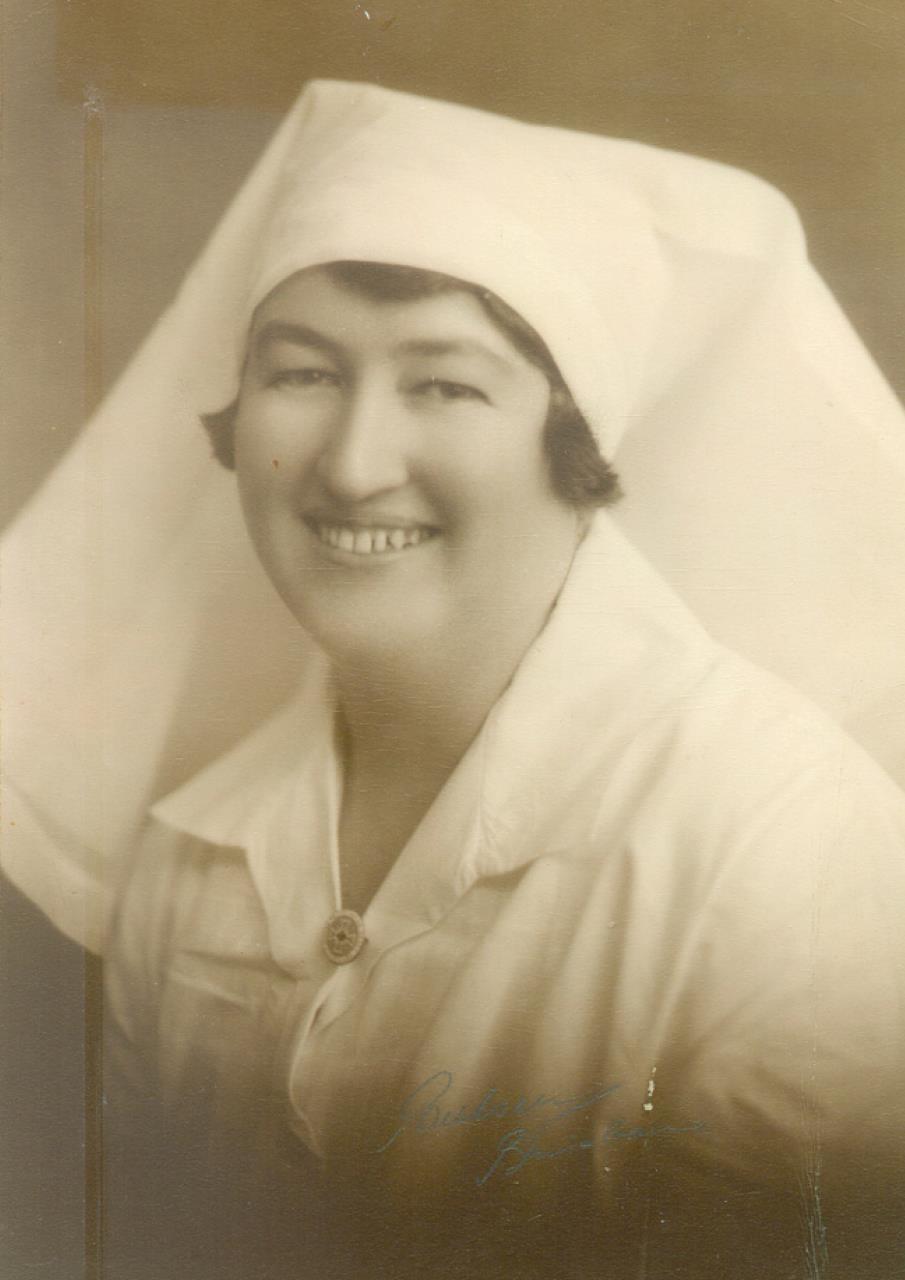 |
|
Daisy Bindi
Daisy Bindi was a Nyangumarta woman who became involved in the Pilbara cooperative movement during the 1950s. She did not take part in the strike of 1946-49. Having worked all her life in stock work and domestic service on Pilbara stations, she was an unpaid ‘housegirl’ on Roy Hill Station, to the south of the region, when she heard McLeod and other leaders speak about the cooperative at a meeting in Marble Bar in September 1951.
Although the meeting urged station workers to join the cooperative, Daisy decided against leaving Roy Hill at that stage, persuading other workers there to remain at their jobs and negotiate for better wages and conditions, including for women. Wage increases were promised by the management of Roy Hill, but when these improvements were not forthcoming the women refused to work. Although married men were offered an extra 10/- per week as wages for their wives, Daisy insisted that women would not work without direct payment.
You can learn more at the Pilbara Strike website, www.pilbarastrike.org
|
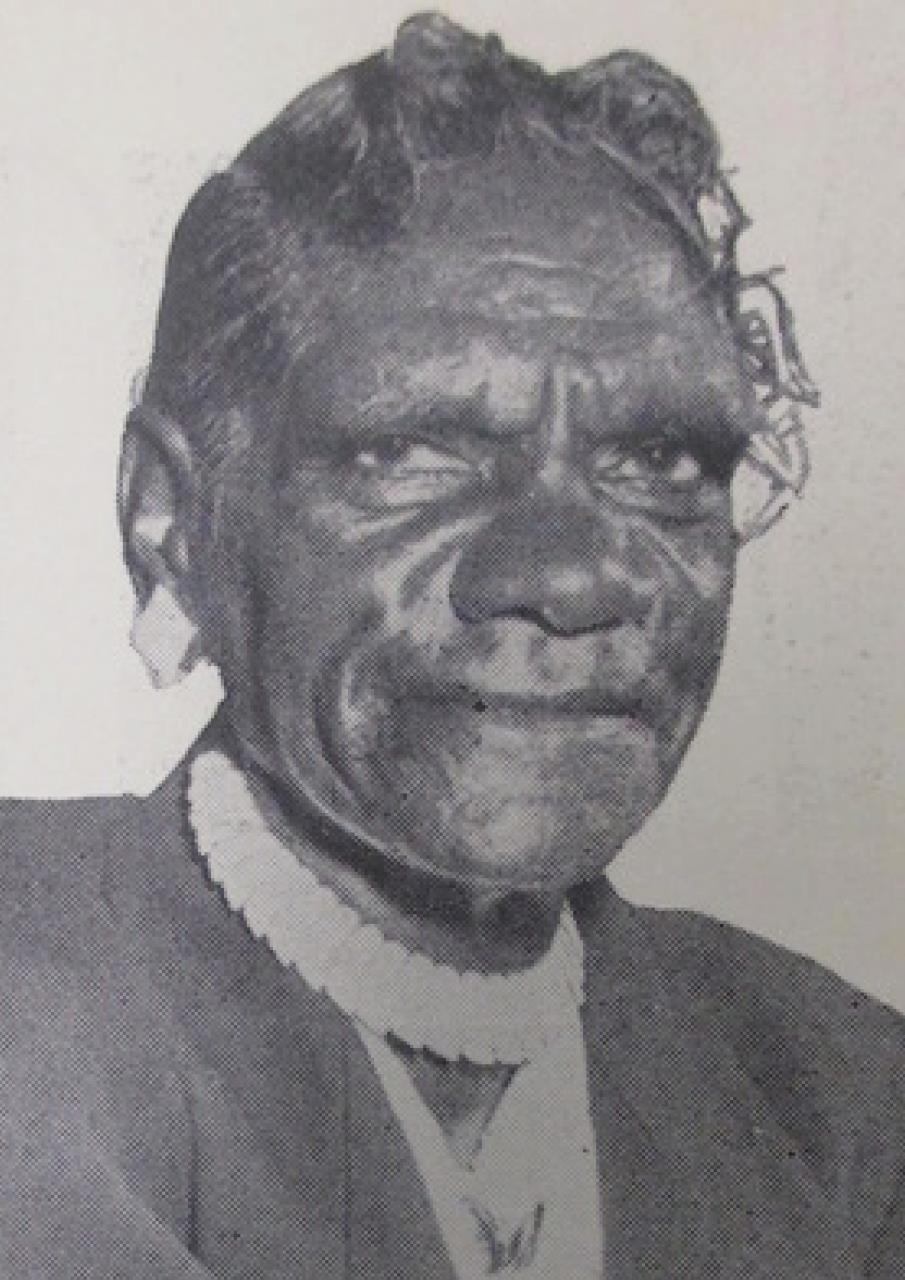 |
|
Daisy Kadibil
Daisy Kadibil, an Aboriginal Australian, was about 8 years old and living in the vast, sparsely populated Outback in the early 1930s when her country’s government forcibly separated her from her parents and sent her to a resettlement camp hundreds of miles away. Her removal had been ordered under an Australian assimilation policy that sought to absorb Aboriginal people into the country’s white society by taking children from their families and indoctrinating them in the ways of that dominant culture.
Daisy was taken from her home in Jigalong, an Indigenous community in the Pilbara region in northwestern Australia, where she had grown up. A sister, Molly, and a cousin, Gracie, were also seized, and all three girls were sent to an Indigenous settlement near the Moore River, just north of Perth, the nearest city, about 800 miles to the south.
There, longing for home, they sought to escape. In 1931 they succeeded, embarking on foot on a treacherous nine-week trek north across rough terrain and using as their guide a barbed-wire fence that had been built to keep rabbits away from pastureland — an astonishing feat that inspired a book and the acclaimed 2002 Australian movie “Rabbit-Proof Fence.”
|
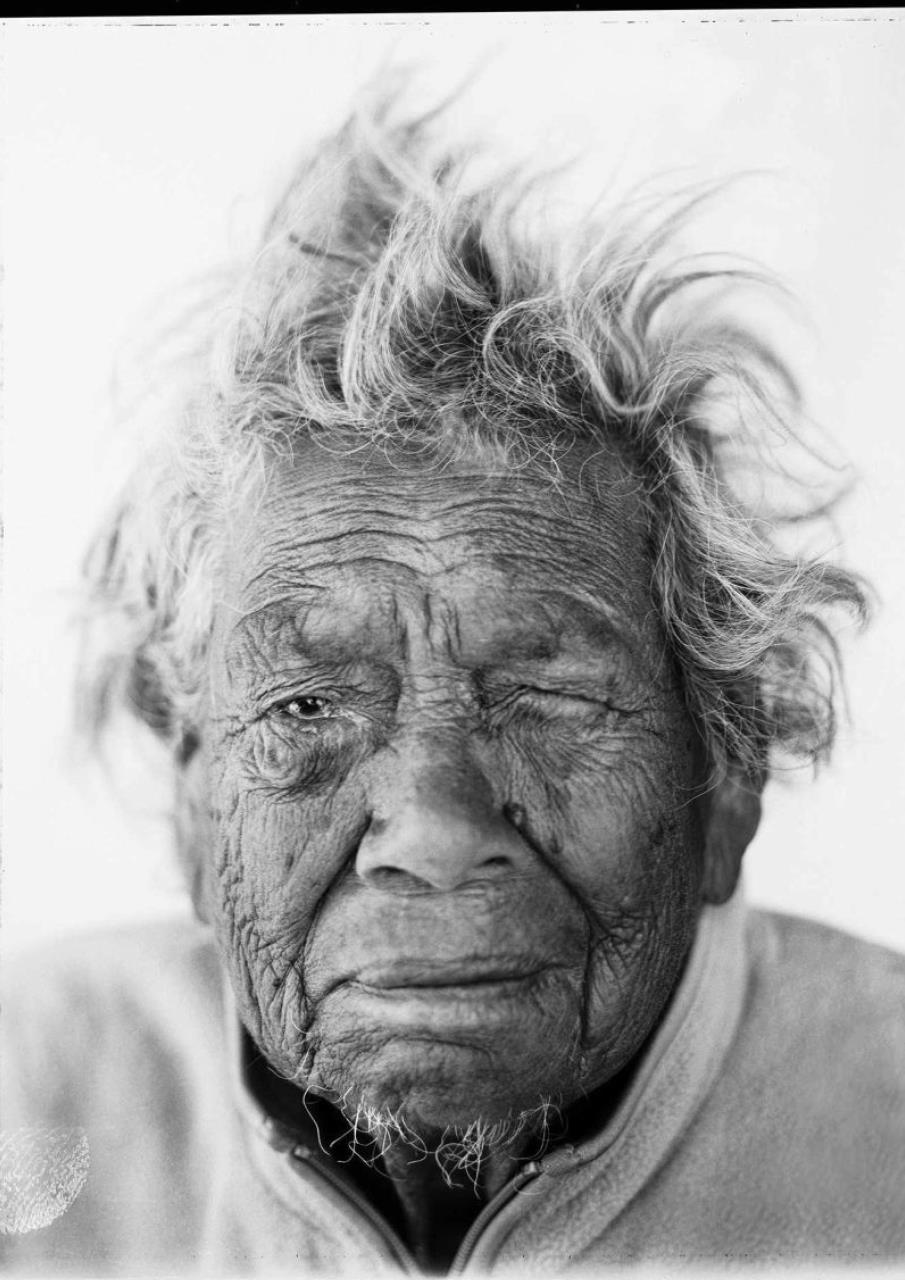 |